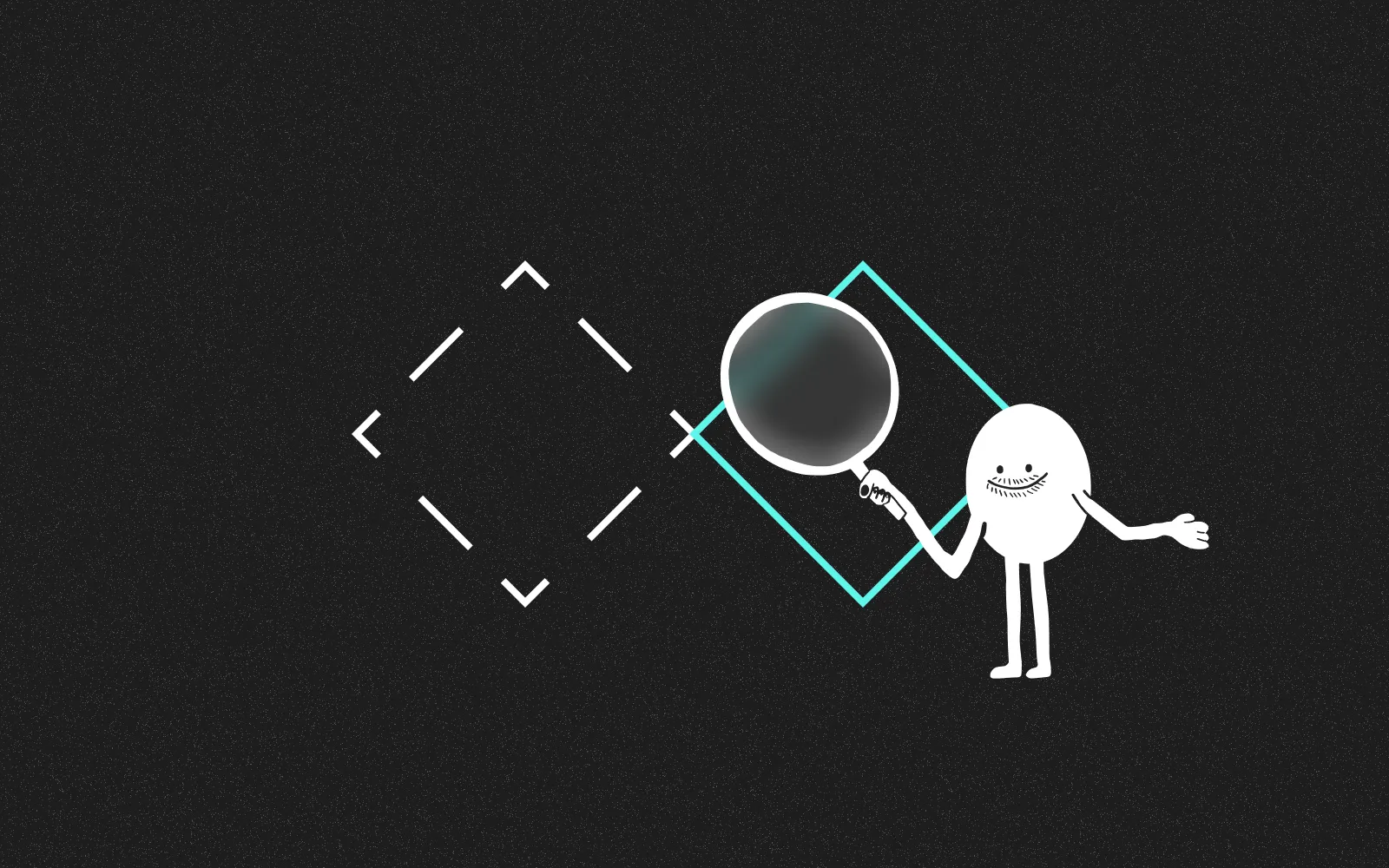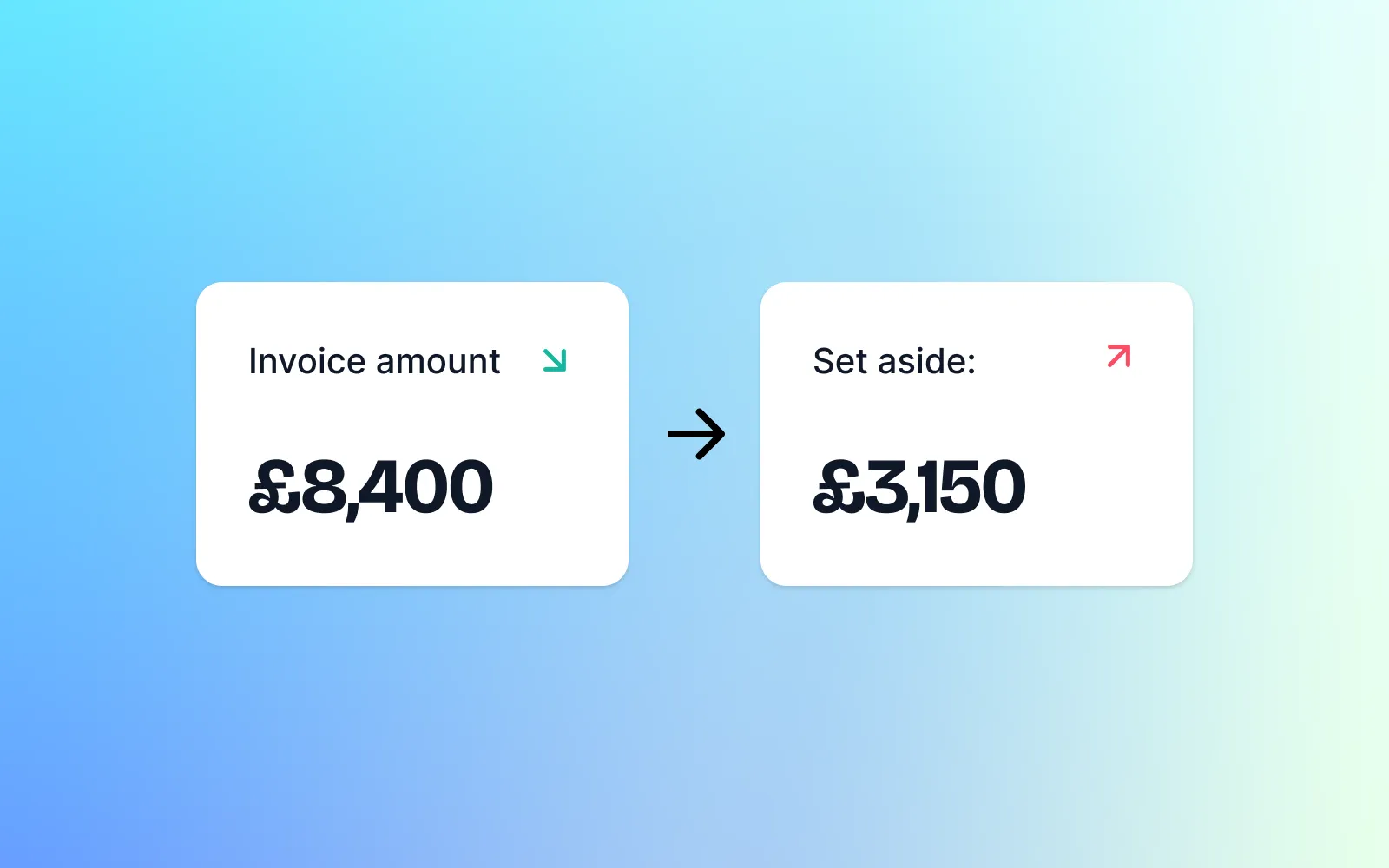
What is Psychological Reactance Bias?
Psychological reactance is our instinctive response to perceived threats to our freedom of choice. First introduced by psychologist Jack Brehm in 1966, it's that knee-jerk pushback we feel when we sense our autonomy is being challenged—whether it's a toddler defiantly touching what they've been told not to, or an adult bristling at well-meaning advice.
Key fact: Reactance isn't just stubbornness—it's a deeply ingrained psychological mechanism that significantly influences our behaviour and decision-making processes, especially in digital environments.
Why Reactance Matters in Digital Design
For product designers and marketers, understanding reactance is crucial for creating effective user experiences. When ignored, it can:
Cause persuasion attempts to backfire
Drive users away from intended goals
Generate negative attitudes toward your product or service
Research evidence: A 2010 study demonstrated that even well-intentioned health promotion messages triggered negative attitudes and resistance towards the very behaviours they were trying to encourage when they threatened perceived autonomy.
Dark Patterns: When Digital Design Exploits Psychology
Some businesses use manipulative tactics to bypass reactance and drive conversions through "dark patterns":
False Scarcity: "Only 2 rooms left at this price!" (Even when untrue)
Roach Motel: Creating labyrinthine paths to cancel subscriptions
Confirmshaming: Using guilt-inducing language ("No thanks, I don't want to save money")
Sneaky Extras: Adding items to shopping baskets without clear consent
Real-world consequences: Facebook faced a £5 billion fine for misleading users about data privacy controls, while LinkedIn paid £13 million over dubious contact-importing features.
7 Ethical Strategies That Work With Human Psychology
Rather than fighting against reactance, successful businesses design experiences that respect user autonomy while achieving business goals:
1. Prioritise Transparency
Strategy: Be upfront about what you're offering and why. When people have complete information, they're less likely to suspect manipulation.
Example: Everlane provides detailed pricing breakdowns, showing customers exactly what they're paying for. This radical transparency builds trust and reduces reactance.
2. Provide Genuine Choice
Strategy: Offer meaningful options that give users real control.
Example: Netflix recommends content but never restricts browsing, maintaining users' sense of control over viewing decisions.
3. Use Suggestive Language
Strategy: Replace commanding language with suggestions and avoid absolute statements.
Instead of: "You must act now!" Try: "Here's an opportunity you might find interesting..."
4. Demonstrate Empathy
Strategy: Acknowledge user perspectives to make them feel understood and reduce resistance.
Example: Headspace begins meditation sessions by acknowledging that sitting still can be challenging, showing empathy and reducing resistance.
5. Apply Social Proof Ethically
Strategy: Show that others have made similar choices to normalise the behaviour.
Example: Booking.com displays recent booking numbers, making decisions feel more comfortable without applying pressure.
6. Create Personalised Experiences
Strategy: Deliver tailored experiences that feel less like marketing and more like assistance.
Example: Spotify's Discover Weekly playlists feel like a personalised gift rather than a marketing tactic because they're well-tuned to individual preferences.
7. Educate Rather Than Push
Strategy: Focus on empowering users with knowledge instead of pushing for immediate action.
Example: REI provides extensive educational content about outdoor activities, building trust by empowering customers with knowledge rather than sales pressure.
Long-Term Benefits of Respecting Autonomy
While manipulative tactics might yield short-term gains, respecting user autonomy builds lasting trust and loyalty:
Apple Store representatives educate rather than push, contributing to strong brand loyalty and high customer satisfaction
Patagonia's transparency about supply chain and environmental impact actively builds trust and aligns customers with their mission
Key Takeaway
Understanding and respecting reactance isn't just about avoiding pitfalls—it's about creating experiences that resonate with our fundamental human need for autonomy. By working with human psychology instead of against it, you'll not only be more persuasive but also build stronger, more positive relationships with your users and customers.
FAQ About Psychological Reactance Bias
How can I identify if my design is triggering reactance?
Look for high bounce rates, abandoned carts, and negative feedback about feeling pressured or manipulated. User testing with specific questions about autonomy can also reveal reactance triggers.
Does reactance affect all demographics equally?
Research suggests that while reactance is universal, its intensity can vary based on cultural background, personality traits, and context. People with a stronger need for independence may experience stronger reactance.
How do I balance business goals with respecting user autonomy?
The most successful approaches align business goals with user goals through value creation rather than manipulation. Focus on helping users make informed decisions that genuinely benefit them, and your business objectives will follow naturally.




